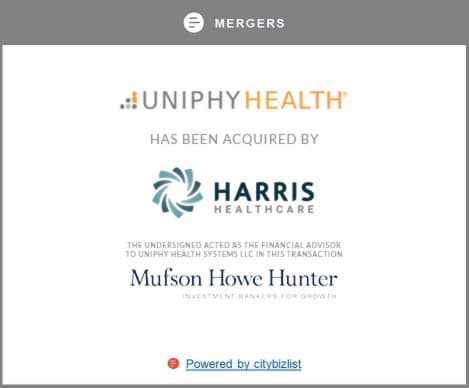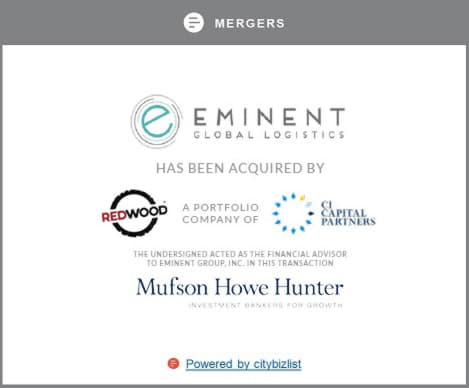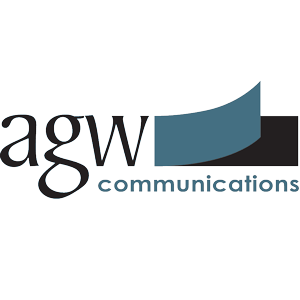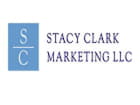
IMAGE SOURCE: GETTY IMAGES.
Aluminum giant Alcoa has officially kicked off earnings season, as per the norm, which means healthcare conglomerate Johnson & Johnson's (NYSE:JNJ) earnings report is also right around the corner. Johnson & Johnson tends to set the tone for the other drugmakers that'll be reporting their results over the coming three weeks.
Based on Wall Street's estimates, J&J is expected to deliver $18 billion in revenue, which would represent 1% year-over-year growth, and $1.69 in EPS, which implies a 1% decline from the $1.71 in adjusted EPS recorded in Q2 2015. For what it's worth, Johnson & Johnson has a history of being conservative with its forecasts and eventually topping Wall Street's expectations, so don't be surprised if it does so again.
Five figures that'll set the tone for Johnson & Johnson's Q2 report
While J&J's top- and bottom-line figures will be closely watched, what's more important is how the company achieved its results. Here are five figures you'll want to closely monitor when J&J releases its second-quarter results before the opening bell on Tuesday, July 19.
1. Currency translation impact
The first thing investors will want to pay attention to is what sort of adverse impact Johnson & Johnson suffered from the Brexit during the second quarter. Perhaps the better question is by how much will its full-year forecast drop, with both the British pound and euro falling in relation to the dollar after Britain's citizens voted to leave the European Union.

IMAGE SOURCE: GETTY IMAGES.
During the first quarter, Johnson & Johnson amassed $3.85 billion in sales from Europe, which represented 22% of its total sales. Between the ongoing currency devaluation in Venezuela, and currency weakness from the pound and euro, converting sales in these regions back into dollars means losing revenue and profits in the process.
However, investors should keep in mind that we're more interested in how J&J's business is performing on an operating basis from the prior year, so these day-to-day currency moves can more than likely be overlooked.
2. Organic medical device sales performance
Johnson & Johnson is a medical device powerhouse, but its device segment has been underperforming for years, likely a result of increased competition and commoditization in the medical device space, weakening growth prospects in Europe, and of course, uncertainties tied to the Affordable Care Act in the United States. Is this the quarter that J&J's device segment gets back on track? Only its Q2 results will tell the tale.

IMAGE SOURCE: GETTY IMAGES.
J&J has been making moves to reduce its exposure to slower-growth businesses in the device space, selling off vascular technology company Cordis to Cardinal Health for $1.94 billion, and unloading its Orth-Clinical Diagnostics unit for $4.15 billion to Carlyle Group. Let's not forget that J&J is actually a combination of more than 250 subsidiaries, so selling a piece of the puzzle from time to time can help it raise cash and potentially boost its growth rate or margins.
There's still a solid long-tail growth opportunity for medical devices as boomers age and retire, but given J&J's strong rally to a new all-time high, shareholders could be getting impatient waiting for its device segment to show signs of life.
3. Net cash on hand
Investors would also be wise to pay close to attention to Johnson & Johnson's net cash position. The company has made no secret that it's on the lookout for acquisitions that'll help boost its growth rate, especially within its higher-margin pharmaceuticals operations. CEO Alex Gorsky has also made clear that J&J tends to favor smaller transactions than bigger ones, since it's easier for J&J to unlock value and contribute to the drug development process.
J&J's net cash on hand should give investors some idea of what the company could be working with in terms of future M&A, and I strongly suspect we'll hear from Alex Gorsky and his management team with regard to how much of J&J's net cash is being considered for inorganic growth activities.
4. Oncology growth/Darzalex market share
Speaking of fast growth opportunities, investors are going to be very eager to see what sort of year-over-year growth J&J can deliver from its oncology segment. This is a segment being driven by blood cancer blockbuster Imbruvica, as well as the recently approved multiple myeloma drug Darzalex. In Q1 2016, oncology sales increased 22% from the prior-year quarter, which was driven by a 64% sales increase in the U.S.

IMAGE SOURCE: NATIONAL CANCER INSTITUTE.
Specifically, I would look for Johnson & Johnson to actually break out Darzalex's Q2 sales in the upcoming quarter, after it was lumped in with "other oncology" during its first full quarter post-launch. While only approved for third-line-and-up multiple myeloma, Darzalex wound up generating an objective response in 29% of the patients it was tested on in clinical trials that led to its approval. These patients had progressed after a median of five prior therapies. Its main competition, Kyprolis from Amgen (NASDAQ:AMGN), was approved by the Food and Drug Administration after it generated a 23% response rate in patients that had, coincidentally, been given a median of five prior lines of therapy and progressed. While the two have never gone head-to-head in a clinical study, and these are purely coincidental data points, Darzalex could wind up pushing Amgen's Kyprolis for third-line market share. I'd be eagerly on the lookout for market share and script data on Darzalex from J&J.
5. Invokana's sales
Finally, investors are going to be curious if SGLT-2 inhibitors can keep up their dominance in treating type 2 diabetes.

IMAGE SOURCE: JOHNSON & JOHNSON.
SGLT-2 inhibitors, like J&J's Invokana, were shown in clinical trials to not only help control patients' blood sugar levels, but to also reduce systolic blood pressure and induce weight loss. Although they've been viewed as a complementary therapy to DPP-4 inhibitors, the success of SGLT-2s, and the superior performance of Eli Lilly's(NYSE:LLY) and Boehringer Ingelheim's Jardiance in a long-term cardiovascular trial over the current standard of care, has the medical community wondering if SGLT-2s are the next great thing in type 2 diabetes treatments.
In J&J's case, Invokana sales have rocketed higher by a double-digit percentage on a year-over-year basis since its launch, and I'd imagine we're about to see another quarter of low double-digit growth. I'd also look for J&J's management team to divulge market share data on Invokana.
Things are about to get exciting for J&J in a matter of days, so circle your calendars, because July 19 is the big day.
10 stocks we like better than Johnson and Johnson
When investing geniuses David and Tom Gardner have a stock tip, it can pay to listen. After all, the newsletter they have run for over a decade, Motley Fool Stock Advisor, has tripled the market.*
David and Tom just revealed what they believe are the ten best stocks for investors to buy right now… and Johnson and Johnson wasn't one of them! That's right -- they think these 10 stocks are even better buys.
Click here to learn about these picks!









